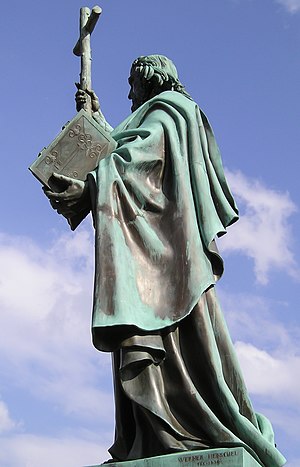| Millennium: | 1st millennium |
|---|---|
| Centuries: | |
| Decades: | |
| Years: |
| 716 by topic |
|---|
| Leaders |
| Categories |
| Gregorian calendar | 716 DCCXVI |
| Ab urbe condita | 1469 |
| Armenian calendar | 165 ԹՎ ՃԿԵ |
| Assyrian calendar | 5466 |
| Balinese saka calendar | 637–638 |
| Bengali calendar | 123 |
| Berber calendar | 1666 |
| Buddhist calendar | 1260 |
| Burmese calendar | 78 |
| Byzantine calendar | 6224–6225 |
| Chinese calendar | 乙卯年 (Wood Rabbit) 3413 or 3206 — to — 丙辰年 (Fire Dragon) 3414 or 3207 |
| Coptic calendar | 432–433 |
| Discordian calendar | 1882 |
| Ethiopian calendar | 708–709 |
| Hebrew calendar | 4476–4477 |
| Hindu calendars | |
| - Vikram Samvat | 772–773 |
| - Shaka Samvat | 637–638 |
| - Kali Yuga | 3816–3817 |
| Holocene calendar | 10716 |
| Iranian calendar | 94–95 |
| Islamic calendar | 97–98 |
| Japanese calendar | Reiki 2 (霊亀2年) |
| Javanese calendar | 609–610 |
| Julian calendar | 716 DCCXVI |
| Korean calendar | 3049 |
| Minguo calendar | 1196 before ROC 民前1196年 |
| Nanakshahi calendar | −752 |
| Seleucid era | 1027/1028 AG |
| Thai solar calendar | 1258–1259 |
| Tibetan calendar | 阴木兔年 (female Wood-Rabbit) 842 or 461 or −311 — to — 阳火龙年 (male Fire-Dragon) 843 or 462 or −310 |


Year 716 (DCCXVI) was a leap year starting on Wednesday (link will display the full calendar) of the Julian calendar, the 716th year of the Common Era (CE) and Anno Domini (AD) designations, the 716th year of the 1st millennium, the 16th year of the 8th century, and the 7th year of the 710s decade. The denomination 716 for this year has been used since the early medieval period, when the Anno Domini calendar era became the prevalent method in Europe for naming years.